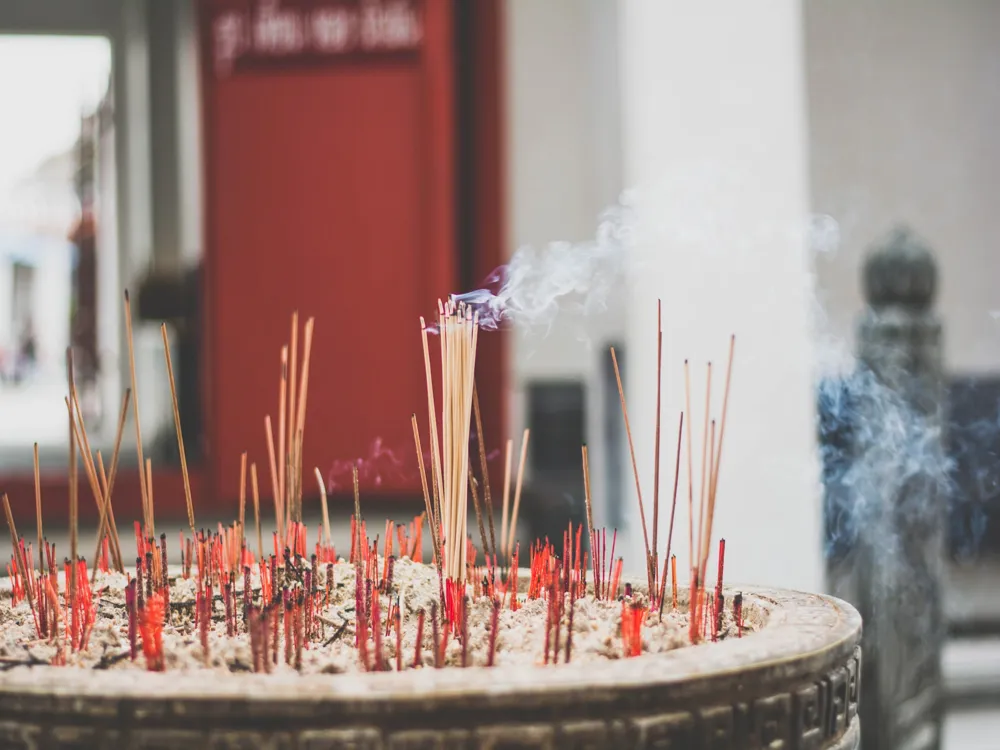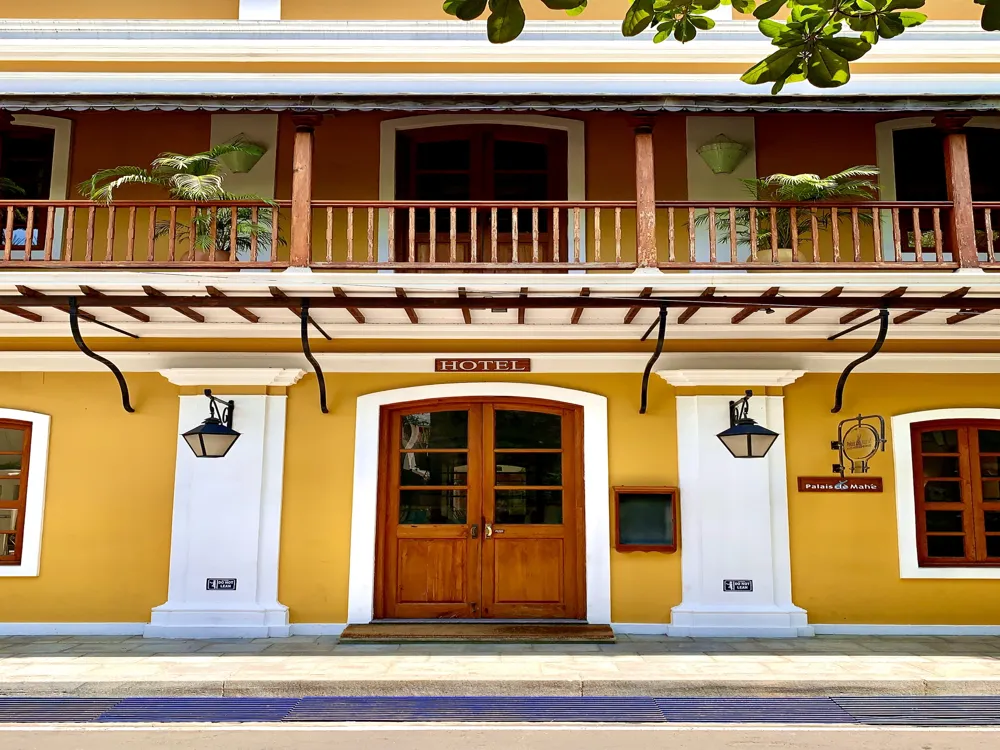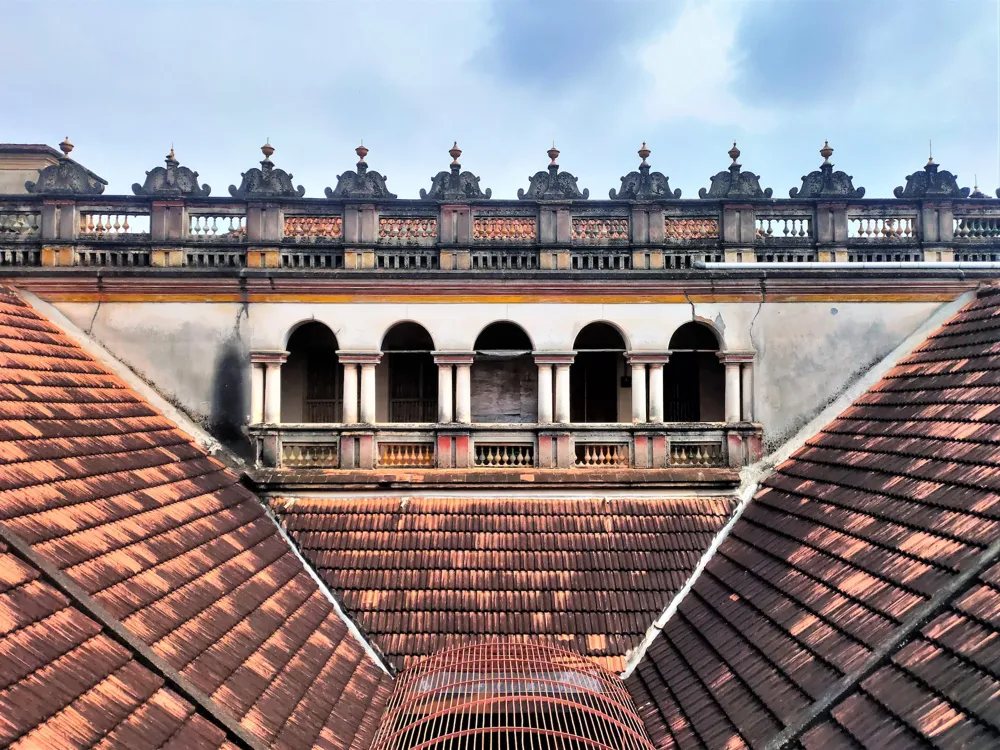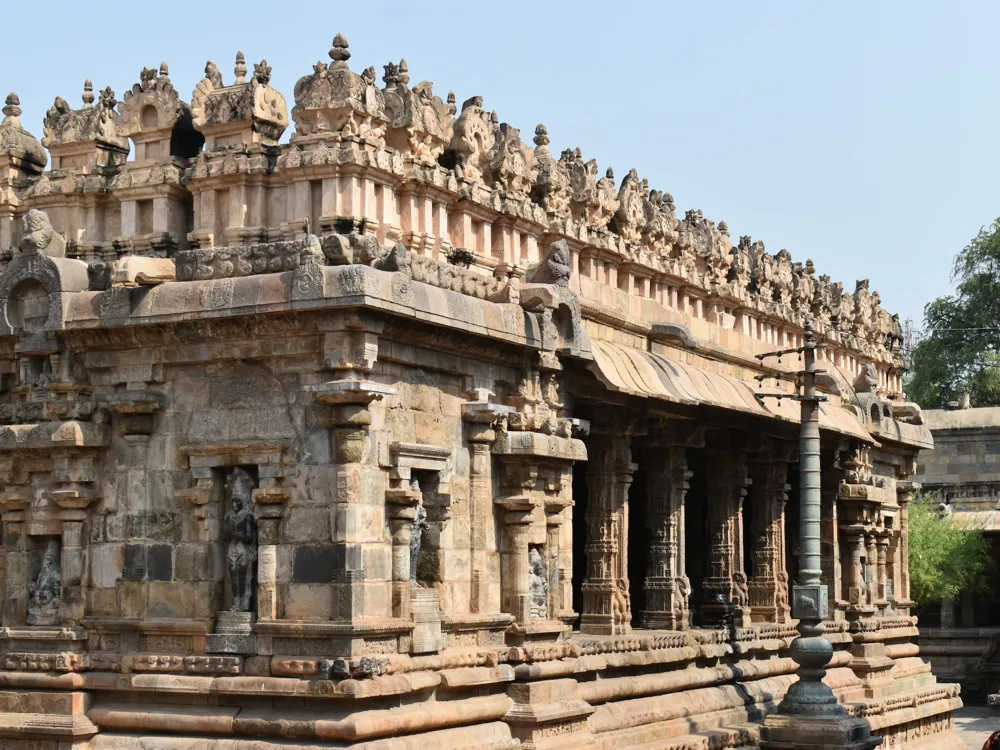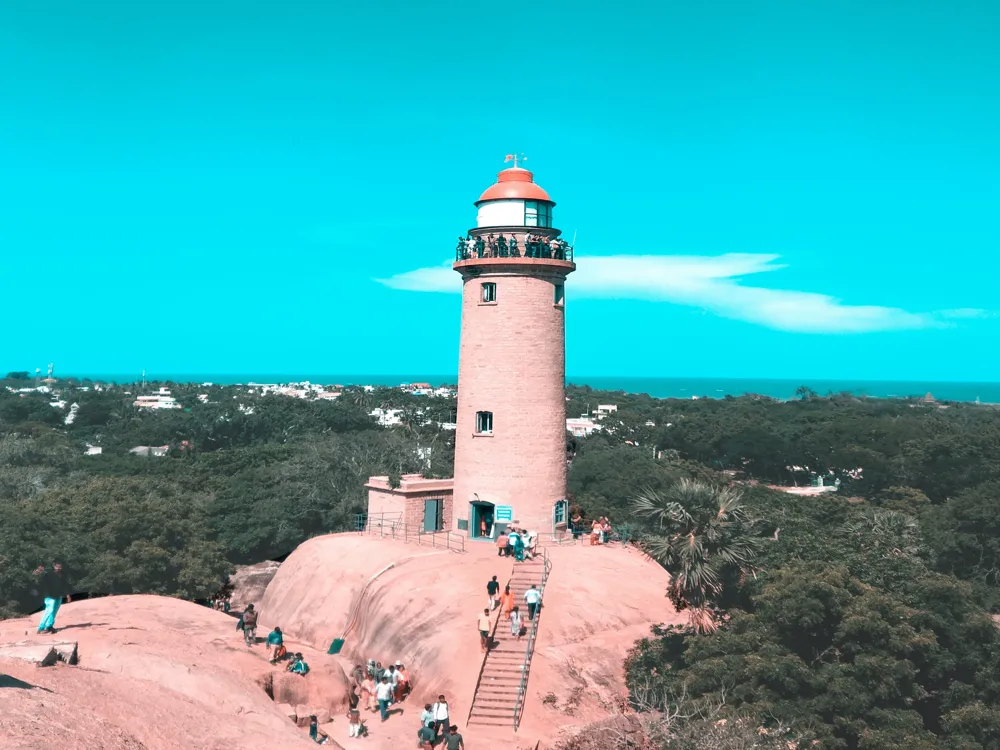Chidambaram, a small yet significant town in Tamil Nadu, India, is a quintessence of Indian spiritualism and culture. Nestled in the eastern part of Tamil Nadu, Chidambaram is renowned for its splendid Dravidian architecture, rich cultural heritage, and as the site of the magnificent Nataraja Temple, dedicated to Lord Shiva. This town, which is believed to be a center of energy and spirituality, attracts thousands of devotees and tourists annually, making it an essential part of the Tamil Nadu tourism circuit. The name 'Chidambaram' is derived from the Tamil words 'Chit' meaning consciousness and 'Ambaram' meaning sky or ether, essentially translating to 'the sky of consciousness'. This reflects the town's deep-rooted connection with spirituality and the divine. The town's history is deeply interwoven with the legends and lore of Hindu mythology, particularly those associated with Lord Shiva as Nataraja, the cosmic dancer. The town's cultural fabric is rich with classical dance, music, and temple festivals, which are an integral part of life in Chidambaram. Chidambaram's geographical location adds to its allure. Situated near the Bay of Bengal, it experiences a tropical climate, making it lush and green. The town is surrounded by small rivers and canals, which are crucial for the rice paddies and palm trees that dot the landscape. This natural beauty combined with the town's spiritual ambiance provides a serene and tranquil experience to its visitors. The religious significance of Chidambaram is unparalleled. The town is considered one of the five holiest Shiva temples, each representing one of the five classical elements; Chidambaram represents Akasha (ether). The town is not only significant for Saivites but also for Vaishnavites, as it houses the Govindaraja shrine, making it a rare site revered by both sects. The annual festivals, particularly the Natyanjali dance festival, which is a tribute to Lord Shiva, turn the town into a vibrant and lively spectacle, showcasing the rich traditions of South Indian classical dance forms. The architecture of Chidambaram is a splendid example of the Dravidian style, characterized by grandiose structures and intricate carvings. The focal point of Chidambaram's architectural splendor is the Nataraja Temple, an ancient temple that dates back to the 10th century. The temple, dedicated to Lord Shiva as Nataraja, represents the link between arts, spirituality, and the cosmos. The Nataraja Temple is an architectural marvel, showcasing the expertise and aesthetic sensibilities of the Chola dynasty. The temple complex is spread over 40 acres, housing several gopurams (gateway towers), mandapas (pavilions), and shrines. The temple's gopurams, adorned with detailed carvings and sculptures, stand tall, dominating the skyline of Chidambaram. The main temple is divided into several sections, each serving a specific religious purpose. The most prominent are the Kanaka Sabha (Golden Hall), the Rajagopuram (Main Tower), and the Nritta Sabha (Dance Hall). The Kanaka Sabha, where the deity of Nataraja resides, is coated with gold, symbolizing divine energy and splendor. The Rajagopuram, towering at over 40 meters, is a magnificent example of Chola architecture, with its exquisite carvings and sculptures depicting various mythological scenes and deities. The temple's architecture is not just a display of artistic prowess but also a representation of ancient Indian cosmology and philosophy. The Nritta Sabha, shaped like a chariot, symbolizes the cosmic dance of Lord Shiva. The intricate carvings and sculptures throughout the temple complex depict various legends and myths associated with Lord Shiva, providing insight into Hindu theology and mythology. Chidambaram's architectural style has significantly influenced temple architecture across South India. The use of granite and the intricate workmanship have served as a template for later temples in Tamil Nadu and beyond. Its unique combination of religious significance, architectural grandeur, and artistic beauty make it a critical study for historians, architects, and artists alike. Efforts have been made to preserve and restore the ancient structures of Chidambaram, particularly the Nataraja Temple. These efforts ensure that the temple complex remains not just a place of worship but also a testament to the architectural heritage of India. Visitors to Chidambaram, especially when entering temples, should dress modestly. Traditional Indian attire or conservative clothing is recommended to respect the local customs and religious sentiments. Chidambaram is deeply rooted in religious and cultural traditions. Visitors should be mindful of local customs, particularly when visiting temples. This includes removing footwear before entering temple premises and observing silence in places of worship. Chidambaram comes alive during festivals, especially the Natyanjali festival. Planning a visit around these times can provide a unique insight into the cultural and religious practices of the region, though it's essential to book accommodations in advance due to the increased number of visitors. Chidambaram is well-connected by road, rail, and is in proximity to major cities in Tamil Nadu. The nearest airport is in Chennai, from where one can take a train or a bus to Chidambaram. Regular bus services from major cities like Chennai, Pondicherry, and Trichy make it easily accessible. The town also has its own railway station, Chidambaram Railway Station, which is well-connected to major cities in India. Overall, Chidambaram is not just a tourist destination but a journey into the heart of Indian culture, spirituality, and architectural grandeur. Its unique blend of natural beauty, historical significance, and cultural richness make it a must-visit destination in India.Overview of Chidambaram, Tamil Nadu
Geographical Significance
Religious and Cultural Importance
Architecture of Chidambaram
The Main Temple Complex
Symbolism and Artistry
Influence on South Indian Temple Architecture
Restoration and Preservation
Tips When Visiting Chidambaram
Dress Appropriately
Respect Local Customs
Plan Around Festivals
How To Reach Chidambaram
Sirkazhi
Chidambram
Tamil Nadu
NaN onwards
View chidambram Packages
Weather :
Tags : Temple
Timings : All time
Time Required : 1 day
Entry Fee : No entry fee
Planning a Trip? Ask Your Question
Chidambram Travel Packages
View All Packages For Chidambram
Top Hotel Collections for Chidambram

Private Pool

Luxury Hotels

5-Star Hotels

Pet Friendly
Top Hotels Near Chidambram
Other Top Ranking Places In Chidambram
View All Places To Visit In chidambram
View chidambram Packages
Weather :
Tags : Temple
Timings : All time
Time Required : 1 day
Entry Fee : No entry fee
Planning a Trip? Ask Your Question
Chidambram Travel Packages
View All Packages For Chidambram
Top Hotel Collections for Chidambram

Private Pool

Luxury Hotels

5-Star Hotels

Pet Friendly


